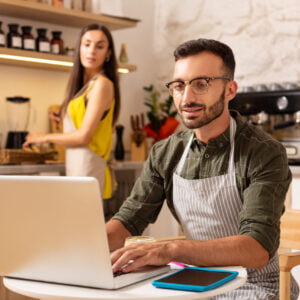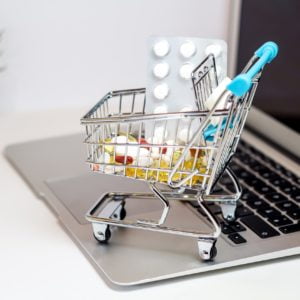For homeowners, keeping the integrity of the household’s air system intact is an ongoing responsibility. With both the air conditioning unit and heating system, the most important tasks for proper upkeep remain the same. But even if routine maintenance takes place, there are times when a third factor can cause issues with airflow and overall air quality—the thermostat.
Although thermostat repair or replacement can cost much less than a new HVAC unit, regular monitoring and troubleshooting can avert those potential problems. Here, we will look at 3 of the most common thermostat issues, as well as some helpful troubleshooting tips that any homeowner can perform on their own.
1. Your systems may be incompatible.

If your home is new, there’s a good chance that the air conditioner and heating systems were installed at the same time. In that instance, the thermostat should run both units perfectly. However, in older homes, there could be a number of different reasons your thermostat’s screen is blank. This is especially true if you upgraded either unit or recently purchased a new thermostat. In this case, there’s a chance that the systems aren’t compatible. New thermostat technology has introduced a number of great innovations, but your furnace, boiler, or HVAC may be on the older side.
If you’re trying to adjust your home’s temperature and seeing a blank thermostat screen, there are ways to check each possible issue. Try switching your home’s circuit breaker to test your home’s electrical system first. If that doesn’t get the thermostat working, check for a loose connection behind the wall-mounted unit and examine for possible wiring problems. If those common reasons don’t solve the issue, you may have to do a little research online to see if your new thermostat is meant to operate either the air conditioning or heating systems. If you’re unsure, a quick visit from a professional technician could answer your compatibility question.
2. Don’t forget to check the batteries.

While it may be the most obvious solution, you’d be surprised how many homeowners fail to double-check the thermostat’s batteries before assuming there’s a larger problem. Sure, many modern thermostats run off of your home’s electricity or even its wi-fi network, but most still use traditional battery power. Before you panic that a service call is needed for any form of costly repair or replacement, carefully open the battery compartment and look if a dead battery or two is the cause of the blank thermostat. Even easier to solve than a compatibility issue, this common reason for your thermostat issue is as cheap as a pair of fresh batteries.
3. All equipment suffers basic wear and tear.
No matter what type of thermostat you have, it’s bound to accrue basic wear and tear. While more modern designs, such as a programmable thermostat (also known as a “smart thermostat”) has a longer life expectancy and are recognized for energy efficiency, the thermostat runs the same amount of time as an average device.
Over time, all equipment within your household is bound to slow down and require routine maintenance. If you find yourself calling up your HVAC technician on an ongoing basis, you may have a more serious issue with the thermostat itself. Your next step may be to inquire about their professional opinion on the best type of thermostat for your home.
When shopping for a new unit, try and keep the above-listed tips in mind. For example, the thermostat you eventually purchase should be specifically designed to match your home’s HVAC system and heater. In addition, consider that investing in a smart thermostat can save you a lot of money on your monthly utility bills, as well as increase your home’s energy efficiency. Over time, these types of upgrades can increase your home’s overall property value.





